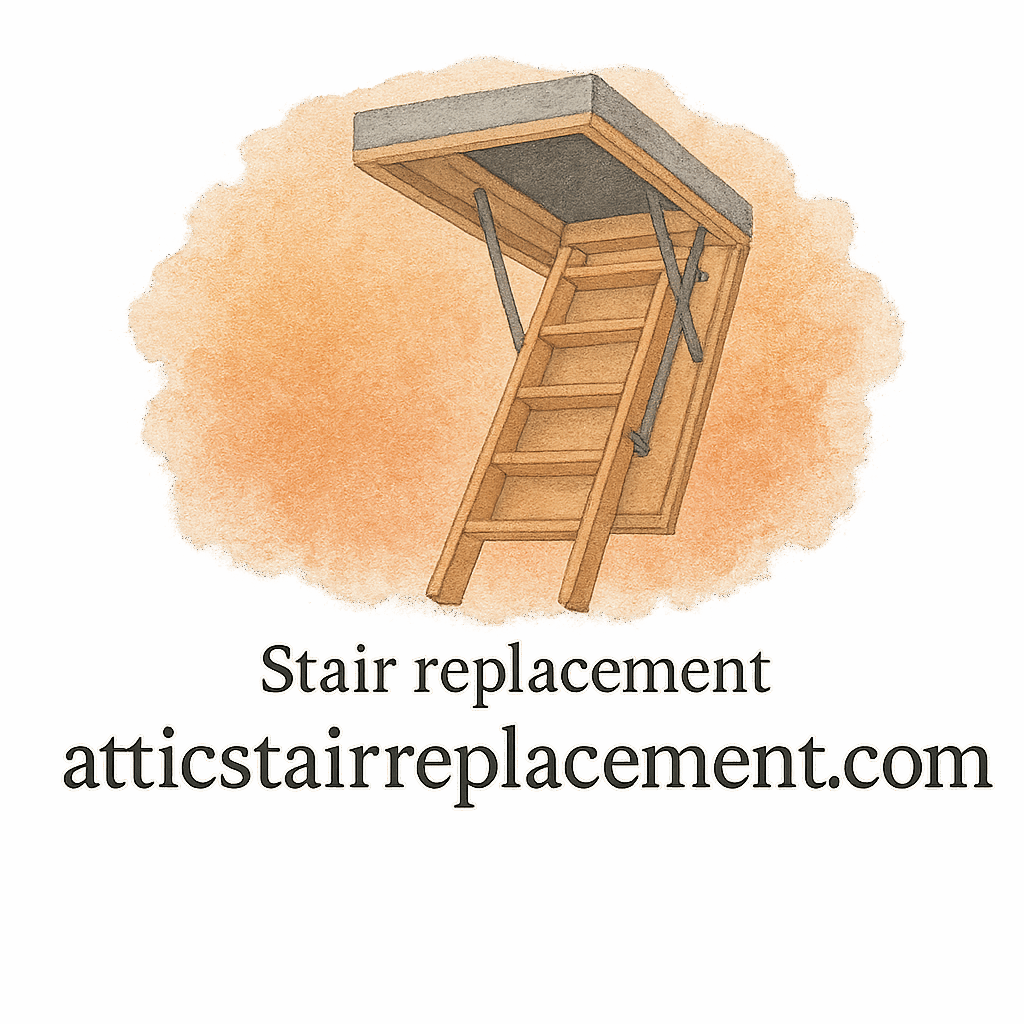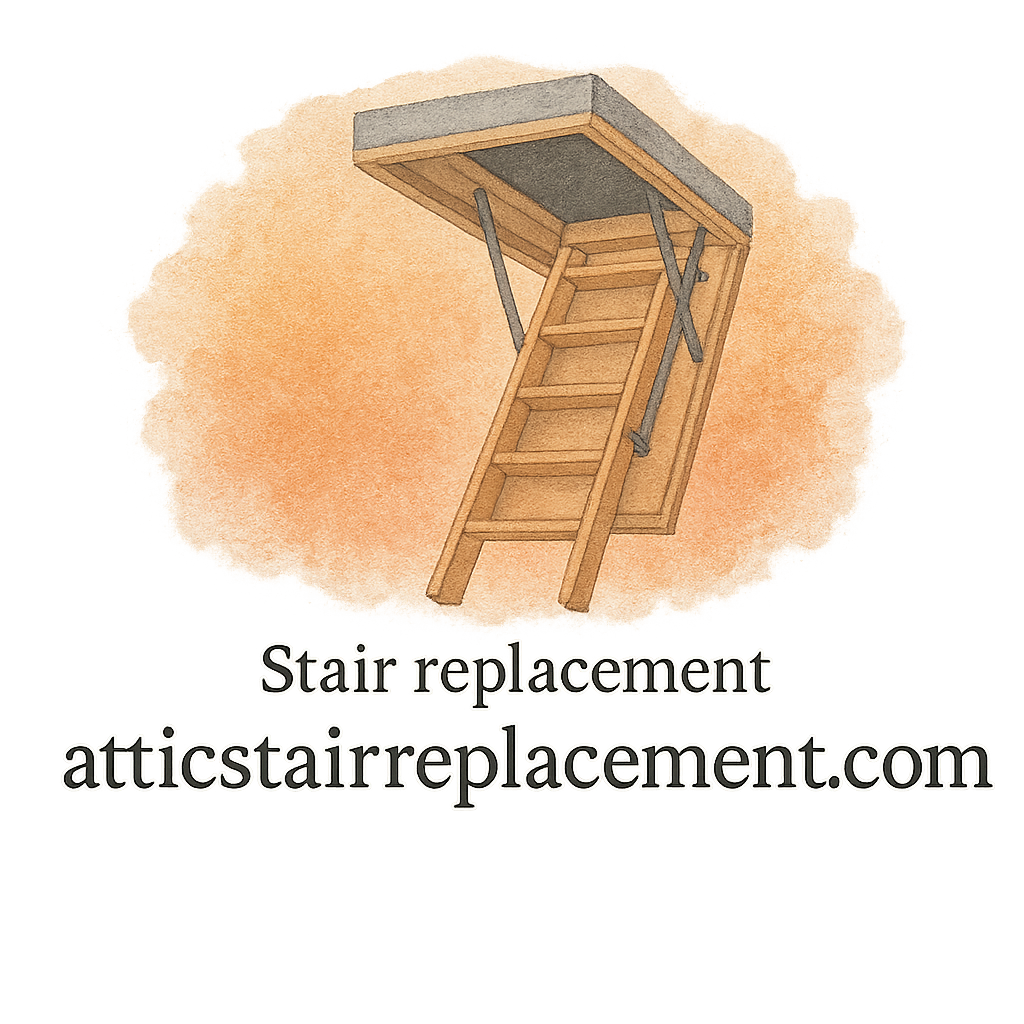Introduction
When was the last time you checked your attic stairs? If you’re like most homeowners, you probably don’t think about them until they squeak, wobble, or feel unsafe. But here’s the truth: attic stair replacement maintenance isn’t just about convenience—it’s about safety, durability, and protecting your investment.
In this guide, we’ll cover the 10 essential tools for attic stair replacement maintenance. Whether you’re a DIY enthusiast or planning a home improvement project, these tools will help you keep your stairs safe, sturdy, and long-lasting.
Why Attic Stair Maintenance Matters
Safety Concerns
A loose bolt or misaligned hinge can lead to a dangerous fall. Regular maintenance ensures your stairs remain stable every time you use them.
Longevity of Materials
With proper care and the right tools, you can extend the life of your attic stairs, avoiding frequent attic stair replacement.
Cost Savings
Neglecting maintenance often leads to bigger, costlier repairs. Simple tools and a routine check-up can save you hundreds in contractor fees.
Tool #1: Screwdriver Set
Why It’s Essential
A screwdriver is the most basic but powerful tool in your arsenal. Attic stairs often have multiple screws that hold hinges, springs, and panels together.
Best Practices for Use
- Check for stripped screws and replace them immediately.
- Use the correct head (Phillips or flat) to avoid damaging hardware.
- Keep a compact set handy for tight attic spaces.
Tool #2: Adjustable Wrench
Tightening and Loosening Bolts
Bolts are crucial for holding the stair frame in place. An adjustable wrench lets you secure or loosen them without switching between multiple tools.
Preventing Over-Torque
Avoid tightening bolts too much, as this can damage wood or metal parts. Think of it like shaking someone’s hand—you want it firm, not crushing.
Tool #3: Power Drill
Speeding Up Installation
A power drill is a time-saver, especially if you’re tackling a DIY installation. It helps you drive screws faster and more securely.
Recommended Drill Bits
- Wood bits for frame adjustments.
- Metal bits for brackets and hinges.
- Magnetic bits for hard-to-reach spots.
Tool #4: Measuring Tape
Ensuring Proper Alignment
A tape measure prevents mistakes when aligning the frame or adjusting stair length. Precision matters—you don’t want stairs that tilt or wobble.
Avoiding Common Mistakes
Many DIYers measure only once and cut too soon. Follow the carpenter’s rule: measure twice, cut once.

Tool #5: Level
Achieving Perfect Balance
A level ensures your attic stairs sit evenly, preventing dangerous angles.
Why Alignment Matters
If your stairs aren’t level, you’ll put uneven stress on the frame, which can shorten its lifespan and make it unsafe.
Tool #6: Lubricant Spray
Reducing Friction and Noise
Ever heard that loud squeak when pulling your stairs down? A lubricant spray fixes that in seconds.
Extending Stair Lifespan
By reducing friction on hinges and springs, you’re preventing unnecessary wear and tear.
Tool #7: Safety Gear
Gloves, Goggles, and Helmets
Don’t underestimate the basics. Gloves protect from splinters, goggles from dust, and helmets from bumps against low attic beams.
Staying Safe While Working
Working in a cramped attic space can be tricky. Safety gear ensures you’re protected if things go wrong.
Tool #8: Hammer and Mallet
Securing Loose Components
Sometimes, screws and bolts aren’t enough. A hammer or rubber mallet helps tap parts back into place.
When to Use Light vs. Heavy Force
Use a mallet for delicate adjustments and a hammer for sturdier fixes.
Tool #9: Flashlight or Work Light
Working in Low-Light Attic Spaces
Most attics lack proper lighting. A portable work light keeps your hands free while you work.
Portable vs. Mounted Lights
- Portable flashlights are flexible.
- Mounted work lights offer consistent brightness.
Tool #10: Vacuum or Shop-Vac
Cleaning Dust and Debris
Dust buildup can clog hinges and make your stairs noisy. A vacuum clears debris and prevents long-term damage.
Why Cleanliness Affects Safety
Slippery dust or debris can cause accidents when climbing up and down.
Bonus Tools Worth Considering
Ladder Stabilizers
These add extra support and reduce stair movement during use.
Replacement Hardware Kits
Having extra screws, bolts, and hinges on hand makes repairs easier.
DIY vs. Hiring a Contractor
When to Call an Expert
If you notice cracks in the wood, bent metal, or serious instability, call a professional. You can find expert advice before making a decision.
Balancing Cost and Quality
DIY saves money, but hiring a contractor ensures the job is done with job-quality standards.
Common Mistakes to Avoid
Ignoring Manufacturer Instructions
Skipping the manual is like ignoring a GPS—you’ll get lost. Always follow the provided guide.
Skipping Regular Inspections
Inspect your stairs at least once every season. Waiting until a problem appears usually means bigger issues are on the way.
Step-by-Step Attic Stair Maintenance Routine
Monthly Tasks
- Wipe down dust and debris.
- Check bolts and screws for looseness.
- Lubricate hinges.
Annual Deep Maintenance
- Inspect for cracks in wood or metal.
- Tighten all connections.
- Replace any worn-out hardware.
For more detailed routines, check out maintenance and repair tips.
Conclusion
Maintaining attic stairs doesn’t require a massive toolbox—just the right tools and consistency. From a simple screwdriver to a reliable work light, these essentials make the process safer and easier. With proper upkeep, you’ll extend the life of your stairs, prevent accidents, and save money in the long run.
Want to dive deeper into attic stair care? Explore more on attic stair replacement and browse tips, guides, and expert advice for your next home project.
FAQs
1. How often should I maintain my attic stairs?
At least once a month for minor tasks and annually for a full inspection.
2. Can I replace attic stair hardware myself?
Yes, with the right tools like a wrench and screwdriver, you can easily replace hardware.
3. What’s the best lubricant for attic stairs?
A silicone-based spray works best—it reduces squeaks without leaving residue.
4. Do I need power tools for basic maintenance?
Not always. Hand tools like screwdrivers and wrenches can handle most tasks.
5. Are shop-vacs better than regular vacuums for attics?
Yes, because shop-vacs handle debris and sawdust more effectively.
6. Should I always wear safety gear?
Absolutely. Even a simple task can lead to splinters, dust exposure, or bumps in the attic.
7. When should I consider full attic stair replacement?
If you see structural cracks, rusted hinges, or instability that can’t be fixed with regular maintenance.


